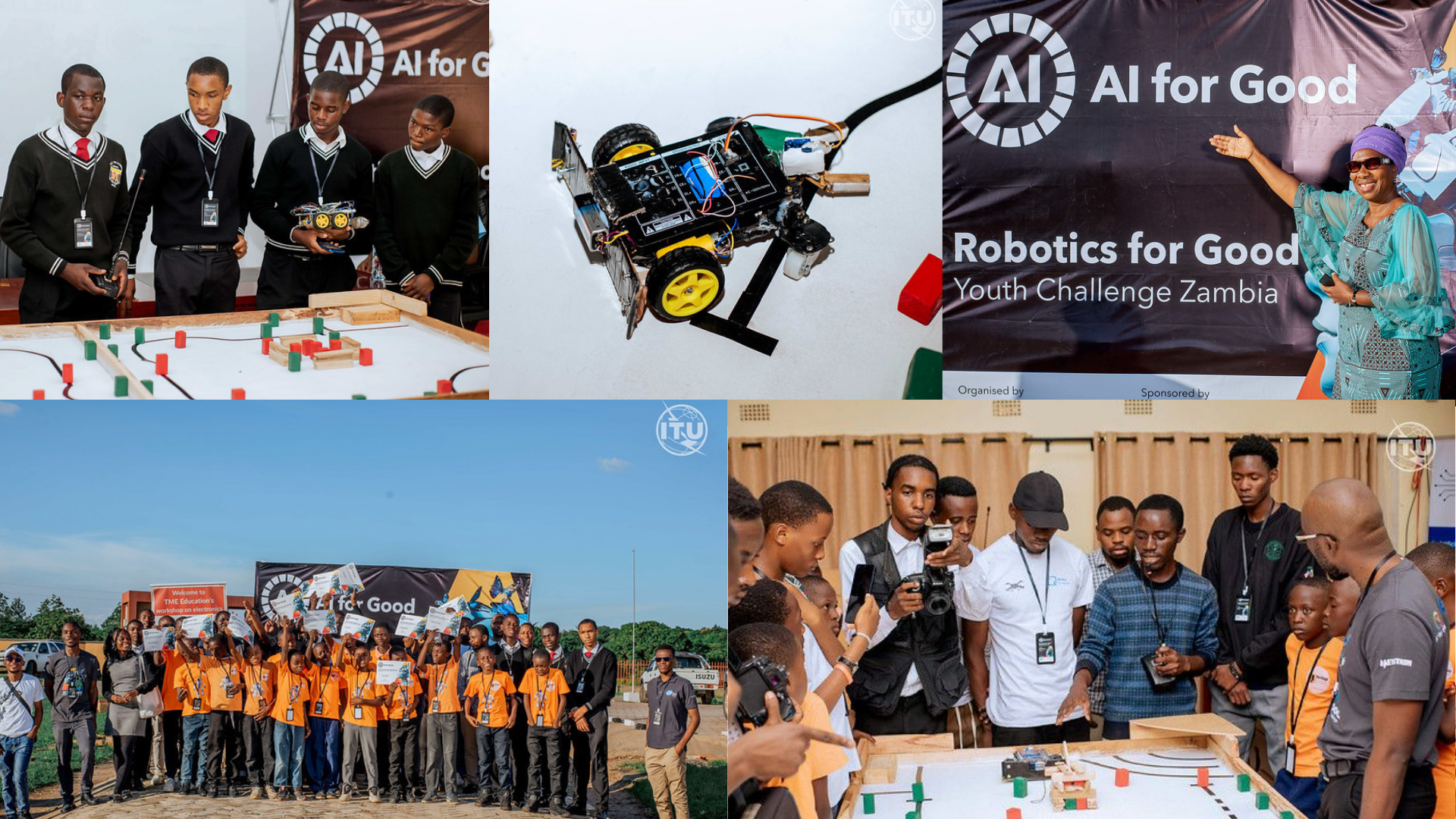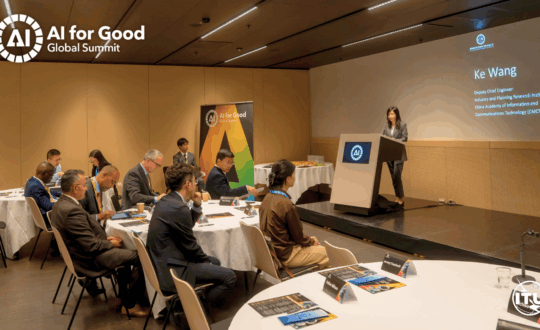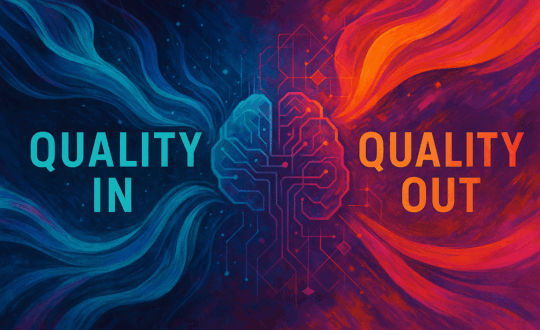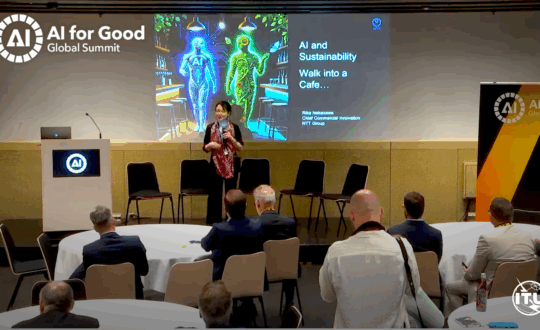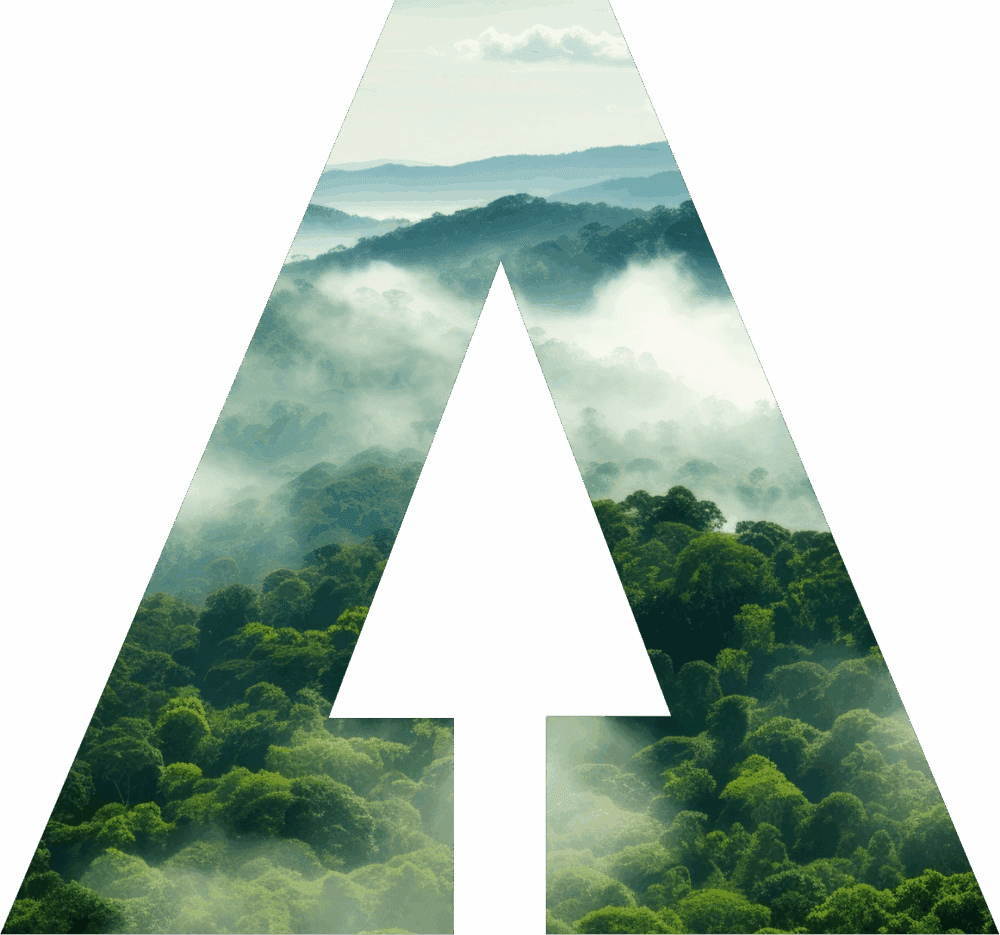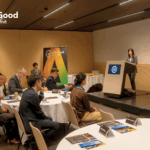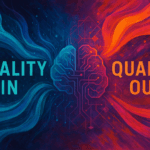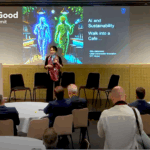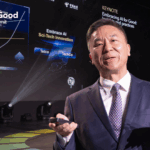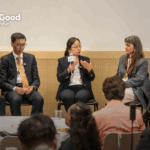AI for Good runs different programs to help young people use AI to make the world a better place. One of these is the Robotics for Good Youth Challenge, a worldwide competition where students build and program robots to solve real-life problems. The challenge focuses on building practical skills in coding and engineering while also helping students grow in teamwork, communication, and problem-solving. The 2024–2025 edition invites participants to explore how robotics can support disaster response, with an emphasis on open-source tools and environmentally friendly design.
Zambia joined the Robotics for Good Youth Challenge with two teams that stood out in both the Junior and Senior Categories. Munali Boys, a junior team from Lusaka, brought creative ideas and collaboration skills to the table. Likewise, Robot Rangers, the senior team also based in Lusaka, impressed with their focused approach. Both teams took part in the national event held in March 2025, representing their country and showing how robotics can be used to solve real-world problems.
Junior Category: Munali Boys from the Munali Boys Secondary School
At Munali Boys Secondary School in Zambia, a team of five junior students is showing how technology and teamwork can lead to real change. As part of the Robotics for Good Youth Challenge, the students have worked under the mentorship of Stanslous Simwaka to build a robot that can support emergency rescue efforts using AI.
“Embrace AI and robotics to transform challenges into opportunities, and together, we can create a brighter, sustainable future,” the team said.
This belief has guided them through months of planning, testing, and improving their rescue robot, and what is their mission? To develop a robot that could help save lives in emergency situations by rescuing injured people, represented by red and green blocks, and delivering them to safety. Red blocks earn more points, with placement in the hospital consultation room scoring the highest. Green blocks also contribute points, especially when placed in safer zones like the upper refuge level. The robot earns extra points when blocks are rescued from collapsed buildings or placed standing upright.
The team began by sketching ideas and exploring the best ways to build a robot that could grip and carry the blocks accurately. They settled on a wheel-based design for better control and speed, and focused on obstacle avoidance, weight balance, and stability. The design evolved as they tested and made improvements, adding rubber padding to the gripper, switching wheels for better traction, and updating the code for smoother movement.
“Our robot moves quickly and carefully to rescue as many survivors as possible in the shortest time” the students explained.
Their robot uses ultrasonic sensors to detect walls and avoid crashes, and a TCS3200 color sensor to distinguish between red and green blocks. These sensors help the robot make smart choices while moving through the rescue area. Programming was done using Scratch and Python, with a focus on path planning, motor control, and accurate color-based block detection. The team kept their code simple and easy to update so they could quickly adjust during tests.
They had a clear strategy from the start, focusing on picking up red blocks first, following a planned path to save time, and using real-time sensor feedback to adjust direction. Their efforts paid off, with an average score of 95 to 105 points per game, and a goal of exceeding 100 points per round.
“Through this collaboration, we have not only expanded our own knowledge and skills but we have also inspired our peers to explore AI as a tool for positive change”
Their project supports key global goals like good health and well-being, sustainable cities and communities, and the use of innovation to improve disaster response. It’s not just about building robots, it’s about using technology to make a difference where it matters most.

Junior Category: Munali Boys from the Munali Boys Secondary School
Senior Category: Out of School Team Robot Rangers
While junior teams have shown impressive creativity and spirit, the senior category also revealed a lot of standout talent: the Robot Rangers, a team of five students from Lusaka, Zambia, who are also proudly representing their country on the global stage.
“We are a passionate team of five young innovators from Lusaka, Zambia, united by our shared love for robotics, problem-solving, and the pursuit of using technology for good,” the group stated proudly.
The Robot Rangers are guided by mentor Kalenga Njolomba, and together they bring skills in programming, engineering, and design. They came together to design a robot also aiming to improve emergency response in disaster scenarios. Through months of hands-on work and refining their ideas, the Robot Rangers developed a robot that met competition standards and also addresses critical global issues. The robot is programmed to identify, pick up, and transport disaster’s “survivors” from danger zones to designated safe areas. Its strategy is built on accuracy and efficiency, using AI-powered navigation to detect obstacles and make real-time route adjustments.
“Our strategy focuses on prioritizing high-scoring zones, quick survivor identification, and AI-powered real-time adjustments,” they explained.
Designed with a disaster response in mind, the robot features an arm mechanism for gripping, tracks instead of wheels for better movement over rough terrain, and sensors for precision. One sensor measures distance to avoid collisions, while a color sensor distinguishes between wounded (red) and evacuated (green) survivors. With these tools, the robot can safely guide survivors to medical or safe zones, such as hospital rooms or evacuation areas.
Still, the path to success hasn’t been easy. The Robot Rangers described early challenges like a weak grip, slow navigation, and frequent misplacements. Through continued testing, they introduced rubber grips, upgraded path planning algorithms, and installed a camera based AI vision system to improve color detection. Overcoming these changes allowed them to significantly boost scoring efficiency and speed.
The robot runs on a combination of Python and C++ programming, integrating planning algorithms and precise motor controls. Their code is designed to reduce response time and improve accuracy, an approach that has earned them consistent high scores in each round. Their goal was to reach over 120 points, and they’ve been averaging between 115 and 125.
For the Robot Rangers, this project is about more than just competition. By building a robot that simulates emergency rescue, they aim to show how robotics can help respond faster to crises and save lives. Now, the Robot Rangers are eager to learn from others and show their work:
“We are honoured to represent Zambia at the Robotics for Good Youth Challenge Grand Finale in Geneva, where we look forward to learning from global experts, networking with like-minded innovators, and showcasing our hard work on an international stage.”

Senior Category: Out of School Team Robot Rangers
What Awaits Both Teams Now?
Up next, both Zambian teams will represent their country on an international stage. As national finalists in their respective categories, Munali Boys and Robot Rangers will attend the AI for Good Global Summit in Switzerland, taking place from 8 to 11 July 2025, where they will present their work in the final round, joining other young innovators from around the world.


